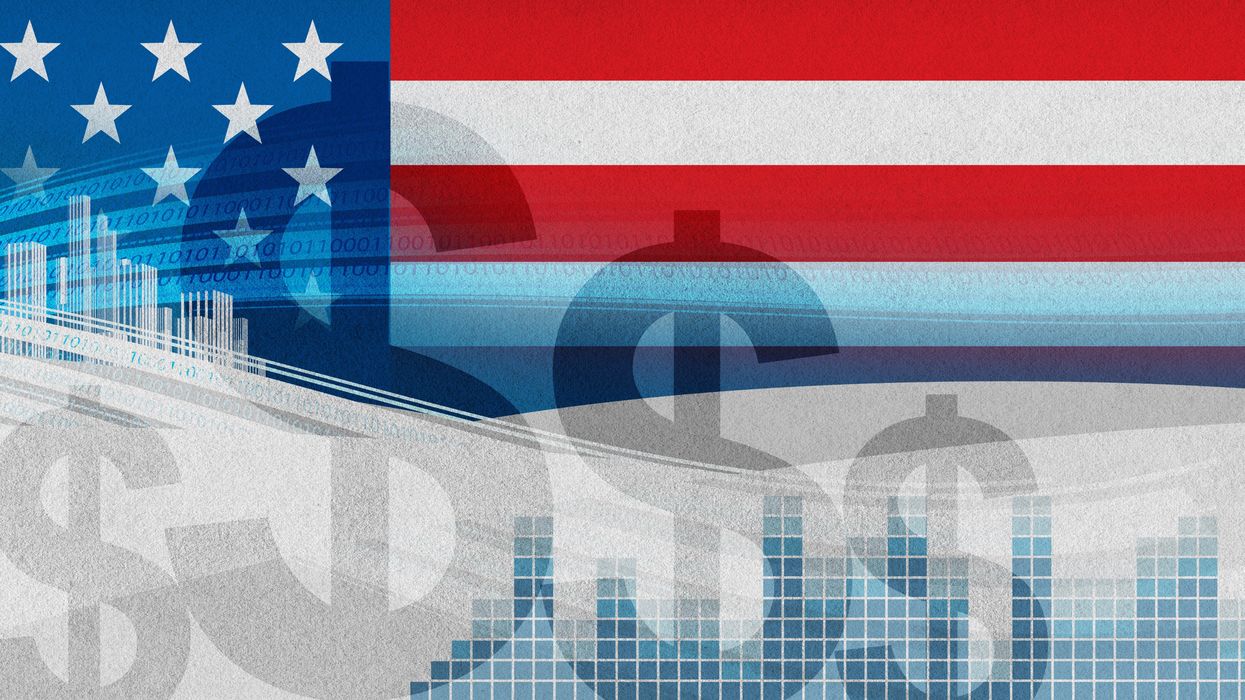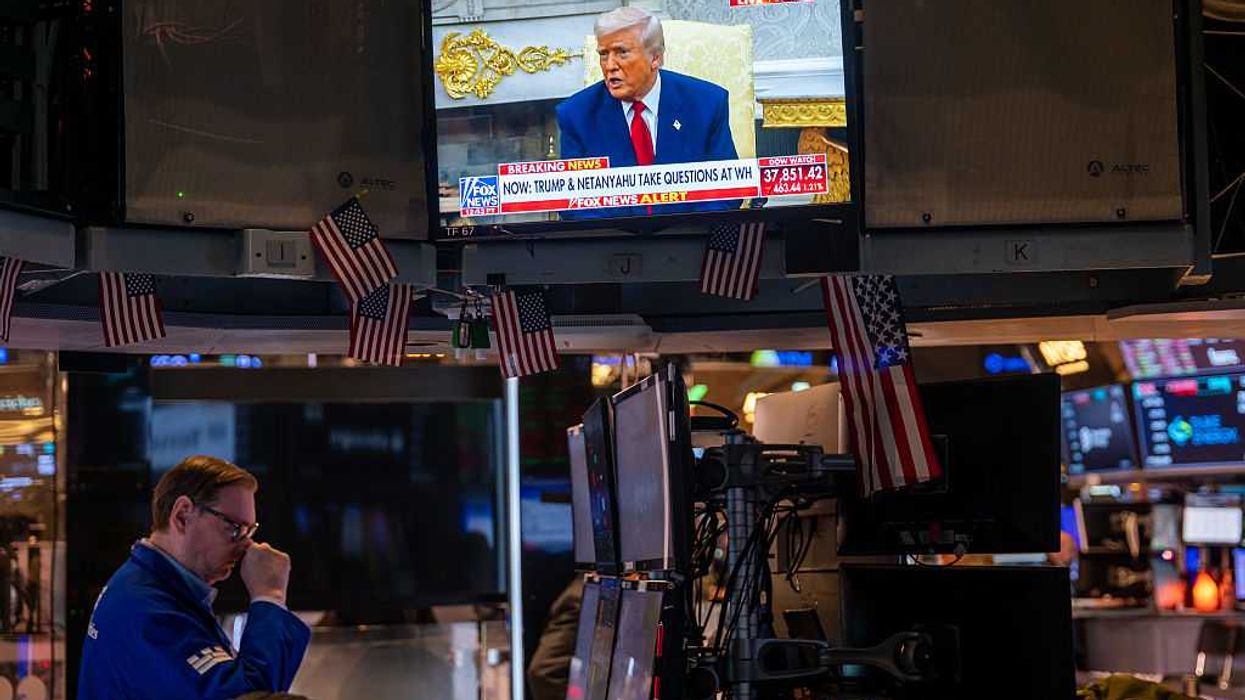Freed is president and co-founder, Hanna is research director, and Sandstrom is strategic advisor at the Center for Political Accountability.
With corporate political disclosure and accountability accepted as the norm, the next step for responsible companies is to put in place a framework for approaching, governing and assessing their election-related spending. The framework would establish policies for when or whether to spend and a process for evaluating the benefits and risks associated with a decision to use corporate resources to advance a political cause or candidate.
It would also provide companies with the internal controls to assure that the spending comports with its public values and its duties legal and fiduciary. An added benefit is that it provides corporate leadership with the opportunity and time to reflect on the full consequences of its spending and to resist any undue pressure from powerful political figures to contribute.
The framework spells out the full range of factors that management and the board need to consider when they are deciding to expend shareholder money to support candidates for public office. It assures that the same due diligence is brought to the company’s political spending as the company gives to its charitable giving. As recent events have demonstrated, election-related spending is fraught with risks, legal and reputational.
Today, the unprecedented rise in the risks companies face makes election-related spending without a well-considered framework a perilous choice. The risks are real and, unmanaged, they can significantly impact the bottom line. The Center for Political Accountability has examined those risks in a series of reports.
To better enable companies to manage these risks, CPA, along with The Zicklin Center for Governance and Business Ethics at the University of Pennsylvania’s Wharton School, developed a Model Code of Conduct for Corporate Political Spending. It was the product of an October 2019 roundtable that included corporate governance experts, academics, corporate executives and investors.
The code opens with a preamble on its purpose followed by 12 provisions that build on the 24 indicators of the CPA-Zicklin index. It goes beyond the disclosure and accountability policies in the index to require companies to know and publicly disclose where their contributions ultimately end up and consider broader factors of societal interests and democracy in company political spending decisions. These additional factors directly affect the environment companies need to operate, compete and grow.
Following are the code’s provisions:
- Political spending shall reflect the company’s interests, as an entity, and not those of its individual officers, directors, and agents.
- In general, the company will follow a preferred policy of making its political contributions to a candidate directly.
- No contribution will be given in anticipation of, in recognition of, or in return for an official act or anything that has the appearance of a gratuity, bribe, trade or quid pro quo of any kind.
- Employees will not be reimbursed directly or through compensation increases for personal political contributions or expenses.
- The company will not pressure or coerce employees to make personal political expenditures.
- All corporate political expenditures must receive prior written approval from the appropriate corporate officer.
- The company will disclose publicly all direct contributions and expenditures with corporate funds on behalf of candidates, political parties and political organizations.
- The company will disclose dues and other payments made to trade associations and contributions to other tax-exempt organizations that are or that it anticipates will be used for political expenditures. The disclosures shall describe the specific political activities undertaken.
- The board shall require a report from trade associations or other third-party groups receiving company money on how it is being used and the candidates whom the spending promotes.
- The board of directors or an independent committee of the board shall receive regular reports, establish and supervise policies and procedures, and assess the risks and impacts related to the company’s political spending.
- The company shall review the positions of the candidates or organizations to which it contributes to determine whether those positions conflict with the company’s core values and policies. This review should be considered by senior management and the full board of directors annually.
- The board of directors shall, independent of this review, consider the broader societal and economic harm and risks posed by the company’s political spending.
Corporate leaders have reached out to CPA to ask about several of the provisions, specifically:
- How a company could adopt or commit to the model code.
- What complying with the expanded reporting entails.
- How boards and management should approach and what should be included in their consideration of the broader impact of a company’s political spending.
To address these questions, CPA recently released a “ Guide to Becoming a Model Code Company.” It was requested by leading companies to provide guidance on what the provisions called for and how to adhere to them; it was written in collaboration with senior executives at companies that are among CPA-Zicklin Index “trendsetters.”
The guide’s key points
How does a company benefit from recognition as a Model Code company?
The guide is succinct about how it helps a company:
Due to the growing importance of managing all risks associated with corporate electoral spending, the Center for Political Accountability will give special recognition in the CPA-Zicklin Index to companies that adopt the Model Code or state that their election-related spending policies are consistent with the Code. Becoming a Model Code company is a short step for Trendsetters that already have most of the provisions in place.
In addition, the Erb Institute at the University of Michigan will be recognizing companies that adopt the Model Code in conjunction with the Erb Principles for Corporate Political Responsibility.
How does a company receive recognition as a Model Code company?
There are two ways:
- A public announcement that the company has adopted the Model Code through board action.
- A statement by the company that its policies are consistent with the provisions of the Model Code.
What types of disclosure are required beyond what most companies are doing?
In addition to the disclosure covered by the CPA-Zicklin Index, the Model Code focuses on company giving through third-party groups. These include trade associations, 527 committees, 501(c) (4) groups also known as “social welfare” organizations, and super PACs.
The guide is clear about the disclosures that are required — and that are not required. This is important for ensuring that disclosure is not burdensome while assuring that the company conducts robust due diligence. The key ask is for enhanced disclosure of contributions to third-party groups. The code requires companies to receive reports from the groups to which it contributes on the ultimate recipients of their political money and to post the reports on the companies’ websites.
Lastly, the code calls on boards of directors to, “independent of this review, consider the broader societal and economic harm and risks posed by the company’s political spending.”
As the guide points out, this entails directors:
- Consider the broader policy, political and societal environment the company needs in order to operate, compete, grow and thrive.
- Consider the impact of the company’s election-related spending on this broader environment. This may include more traditional reasons for a corporation’s election-related spending, such as access, regulation and taxation, but Directors also should consider the other consequences of their contributions, including broader societal impacts (for example, gerrymandering, controversial lawsuits, and legislation that creates conflicts with company policies and positions.) This is intended to be an independent and more comprehensive review of the impacts of company electoral spending beyond the immediate moment.
- Address areas of highest risk or greatest opportunity in the long term, based on a thorough annual assessment of these risks and benefits.



















